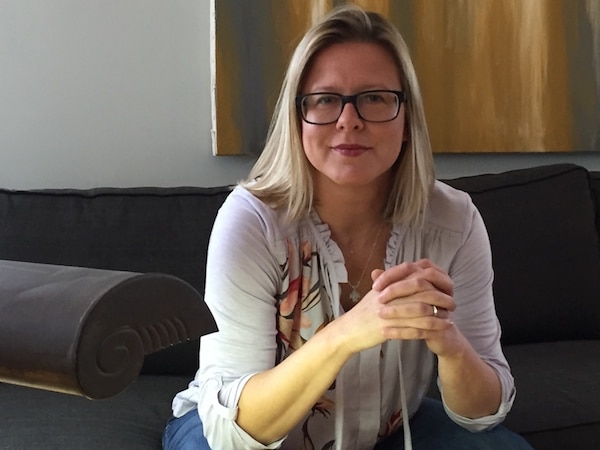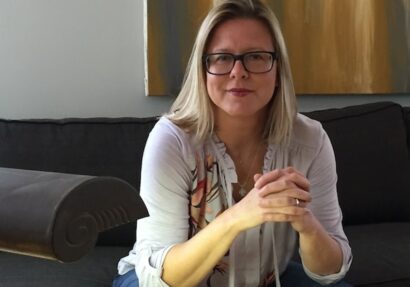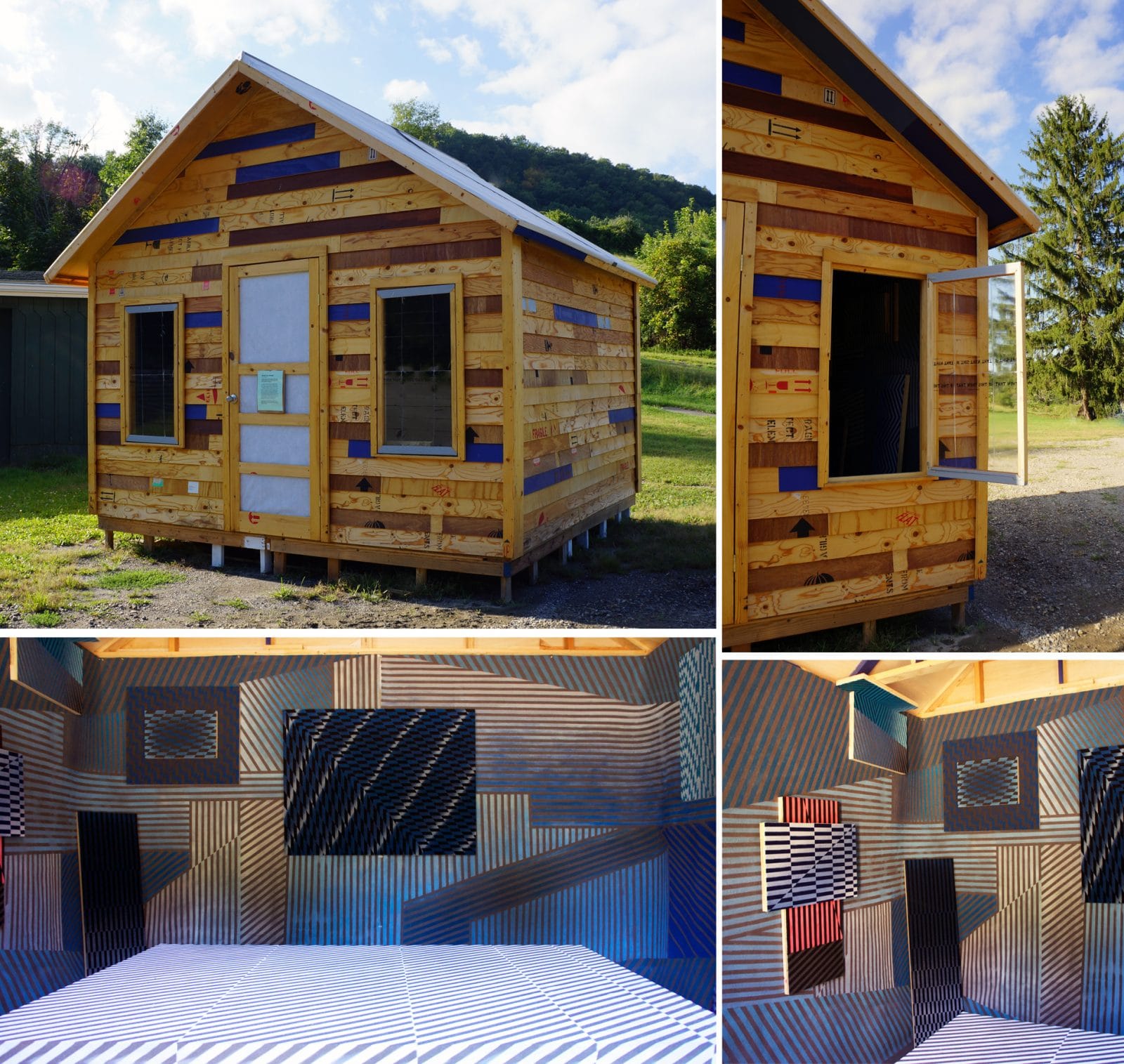Emily is an Intellectual Property Attorney with over 14 years of experience handling copyright and trademark, including business and licensing agreements, infringement, prosecution, and litigation, and educating artists on the legal aspects of protecting their work. She’s the founder of Copyright Collaborative, a forum for artists to learn about their intellectual property rights, as well as work together to create a culture that deters infringement. Emily is a member of the state bars in New York, Pennsylvania, and Maine—where she currently lives.
Most Visual Artists Aren’t Yet Empowered on Copyright
- “I discovered that artists, visual artists especially, didn’t know much about copyright and I got a general energy of powerlessness from them where they seemed to not understand what they needed to do…”
- “Music organizations and photography organizations have really come together to lobby the copyright office and congress to pay attention to their particular needs in the intellectual property arena. And I don’t feel that visual artists have had the same representation.”
- “From working with a lot of visual artists and from attending a lot of trade shows, I do get the energy that everybody is out for himself. And I’m not so sure if that’s the same in music and in photography and other artistic venues. I mean, let’s talk about filmography, videography…I would say that they’re more cohesive and unionized.”
Confusion around Copyright Laws for Artists
- “I’ve always gone through my legal career with that I want to say ‘stone pebble in my shoe’ where I think it’s so important to educate people on what their rights are.”
- “In consideration of copyrights and copyright law in the United States, and all of the misinformation that’s out there on Etsy and other platforms like that, I thought it was just really important to let artists know what their rights were.”
- “One of the biggest misconceptions is once you express the artwork—so once you put the artwork on paper—it’s protected and all of your rights are protected right there.”
- “There’s been a perverse amalgamation of old copyright laws and new copyright laws. And so if you’re trying to find out certain things about copyright, you’ll see that it depends on when the work was created and when the work was published.”
Important things Artists Can Do About Copyrighting Art Works
- “I definitely think it’s wise for artists to do some of this themselves, but I think it’s important for artists to know when they need to turn to an attorney.”
- “Copyright, you would go to the US Copyright Office, which is: copyright [dot] gov. And for patents and trademarks, the website is: uspto [dot] gov—United States Patent and Trademark Office.”
- “If you don’t file a copyright application in a timely fashion you pay a very, very significant price. […] Artists really need to copyright their works I would say, immediately.”
- “Take that group, take that collection of work that’s somehow cohesive, and file them under one copyright application.[…] You can file for a collection of works, so long as they haven’t been published. ‘Published’ means offered for sale or licensed.”
- “Protect your best-selling work. It’s always the best-selling works that gets knocked off.”
- ”If a company or anybody asks you for images of your work, have them sign a half-page agreement.”
Copyright Infringement: DMCA Notice and the Importance of Registration
- “If you go to certain websites such as Alibaba, which is a very well-known carrier of infringing works, they usually won’t take down the work unless you produce a copyright registration.”
- ”I think it will continue to get more difficult and more stringent in getting works taken down unless you have a registration. It’s very easy to say, ‘Here’s my registration, take that work down’.”
The Future of Infringement
- ”I’m very cynical of some companies because it was almost as if, in the early 2000s, it was part of their business model, you know of a cost-benefit analysis of stealing artwork from artists. It was so prevalent.”
- “Now you’ve got production occurring at a supply and demand level. And so it’s like, ‘well, we’re not going to print the shirt until somebody orders it’.”
- ”An artist can spend 25 hours a day filing take-downs and having them have absolutely no effect whatsoever.”
- ”You’ve got so many people out there who have software that’s just going to steal the artwork without a second look back. It’s not even a person anymore, it’s the software that does it.”
- ”If two-dimensional visual artists could come together and really get armed with the knowledge to fight and to deter infringement in the ways that we discussed, I think that things would be a little bit better and they wouldn’t be so taken advantage of.”







